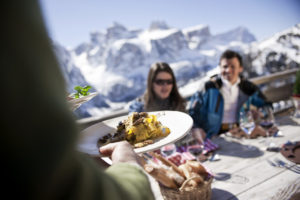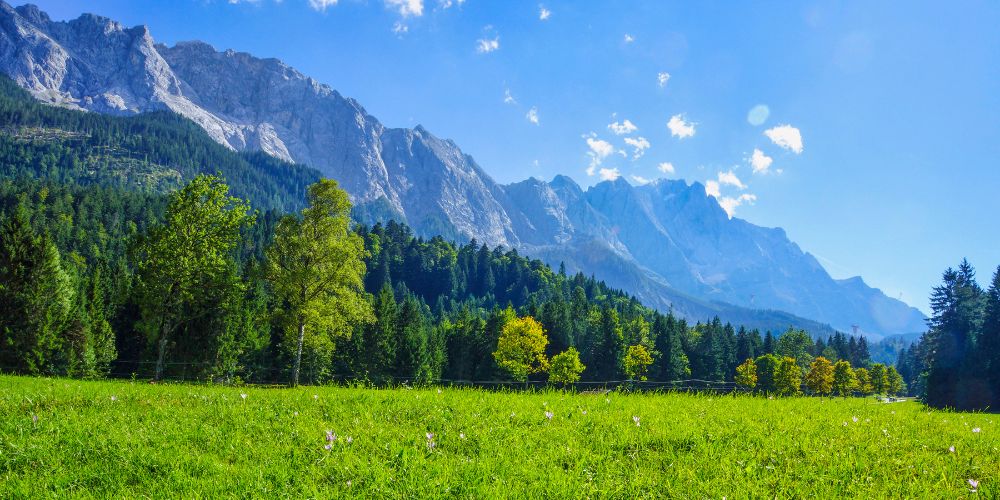I swear! A winter trip to Italy promises not only breathtaking sceneries and cultural surprises but also a culinary adventure that will warm your heart and tantalize your taste buds. Italy’s winter delicacies are proof of the country’s rich culinary heritage, offering a symphony of flavors that are best enjoyed during the colder months. Here are the top 10 Italian Foods you absolutely shouldn’t miss on your winter sojourn. From hearty soups to soul-warming pasta and decadent desserts, each dish tells a story of tradition and the unique essence of Italian winter cuisine. Get ready to indulge in a culinary journey that will make your winter trip to Italy truly unforgettable. Buon viaggio e buon appetito! (Safe travels and enjoy your meal!)
No. 1 on the list is Polenta which is a traditional Italian dish that has been a staple in Italian cuisine for centuries. It is made by boiling cornmeal in water or stock and can be served in various ways. The texture of polenta can range from creamy and smooth to firm and sliceable, depending on how long it is cooked. Polenta can be served soft, like a porridge, or allowed to cool and solidify, then sliced and grilled or baked. It is a versatile dish that can be paired with various toppings and accompaniments. Common toppings include cheese, sautéed mushrooms, tomato sauce, or braised meats. It can also be shaped into rounds or squares and used as a base for other dishes. Polenta is popular not only in Italy but also in many other parts of the world. It’s a comforting and hearty dish that adds a nice variety to the Italian culinary repertoire.
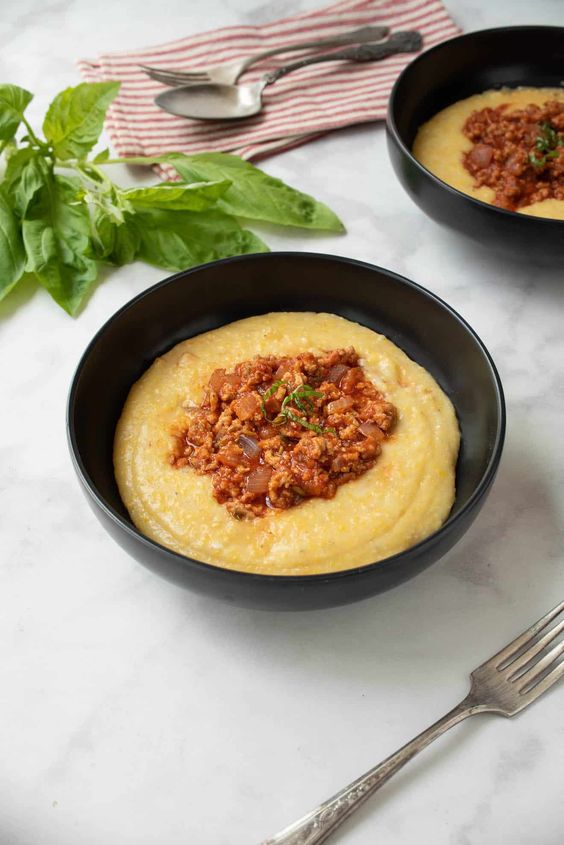
If you’re a fan of dumplings, you’re sure to enjoy this soup Canederli. Including this winter dish in our compilation of essential Italian foods was essential, given that it’s the ideal winter recipe. These savory, breaded dumplings are often served with a variety of sauces or toppings, such as melted butter, browned breadcrumbs, or grated cheese. They can be enjoyed as a hearty and comforting dish, especially during colder months.
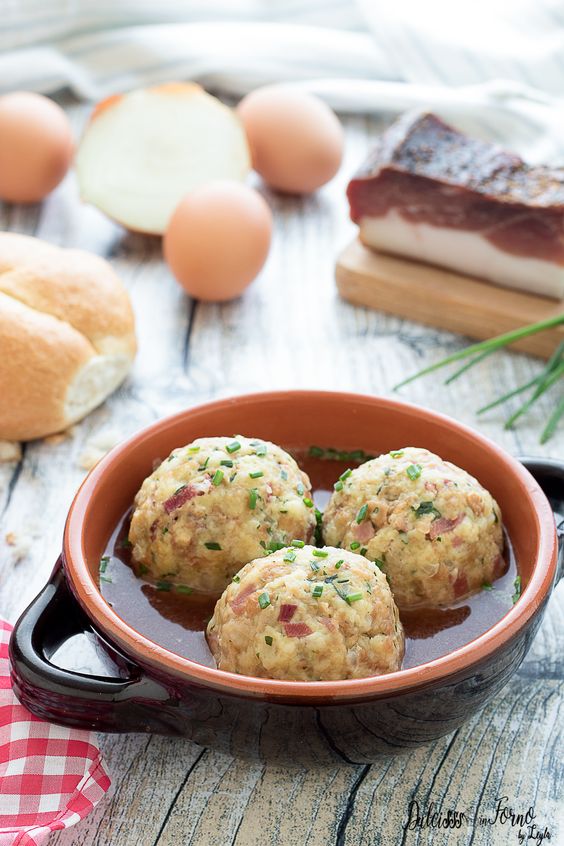
Ribollita is a classic Italian soup originating from Tuscany. The name “ribollita” translates to “reboiled” in English, reflecting its traditional preparation method of being cooked, left to sit, and then reheated before serving. This hearty and flavorful soup is known for its rich combination of vegetables, beans, and bread, making it a substantial and comforting dish.
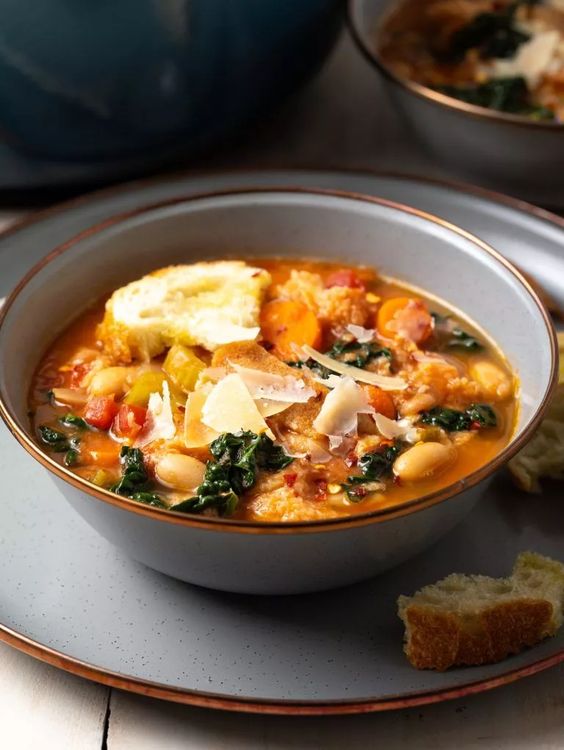
Pasta in Brodo or pasta in broth in English is a classic Italian dish consisting of pasta cooked in a flavorful broth. The broth can be made with different bases, such as chicken, beef, vegetable, or a combination. The choice of broth contributes significantly to the overall flavor of the dish. Various types of pasta can be used, ranging from small shapes like ditalini or orzo to larger shapes like broken-up spaghetti or fettuccine. The choice of pasta can affect the overall texture and eating experience.

Few things compare to the comfort of having a pot of Risotto simmering on the stove, filling your kitchen with warmth on a chilly winter day. The ingredients of risotto include a flavorful broth, short-grain Italian rice (higher in starch than long-grain rice), and a touch of dry wine. The rice absorbs the broth gradually, requiring constant stirring until it achieves a creamy, al dente consistency. Along the way, you have the option to introduce additional flavorings like porcini mushrooms, saffron, or seafood to enhance the dish.
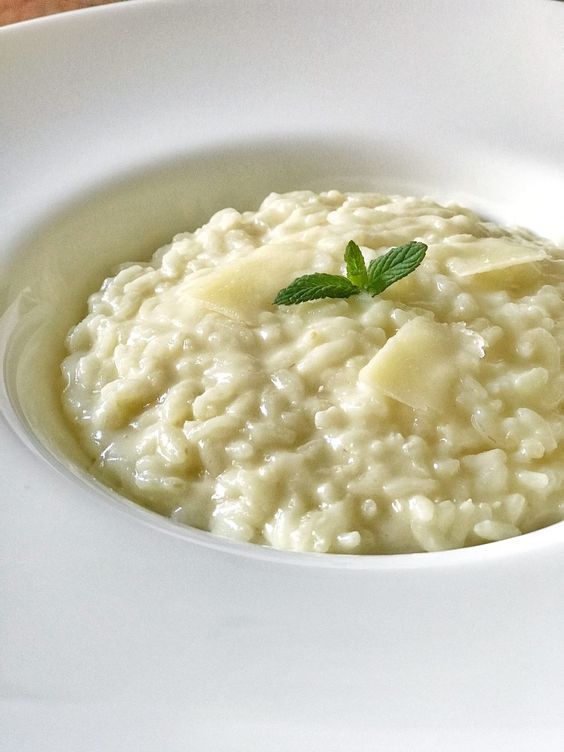
Ossobuco or bone with a hole refers to the marrow-filled bone that is a distinctive feature of the dish. This yummy dish is typically made with cross-cut veal shanks braised with white wine, broth, and vegetables, resulting in a flavorful and tender stew. Ossobuco is often served with a garnish called gremolata, which adds a bright and zesty flavor to complement the richness of the dish. Gremolata is made by combining chopped parsley, lemon zest, and minced garlic.
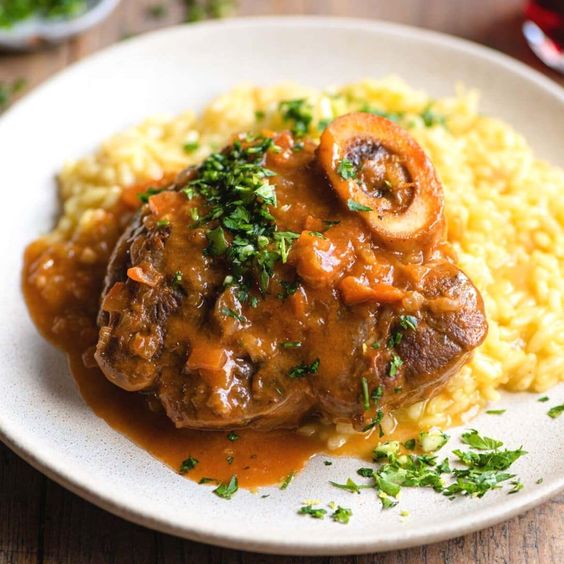
Cassoeula is a traditional Italian dish, specifically associated with Lombardy and Milan. It is a hearty and flavorful stew made primarily with pork, particularly the less common cuts like ribs, ears, and skin (slow-cooked), combined with Savoy cabbage and other vegetables. The name “cassoeula” is derived from the word “casseruola,” which means “cooking pot” in Italian.
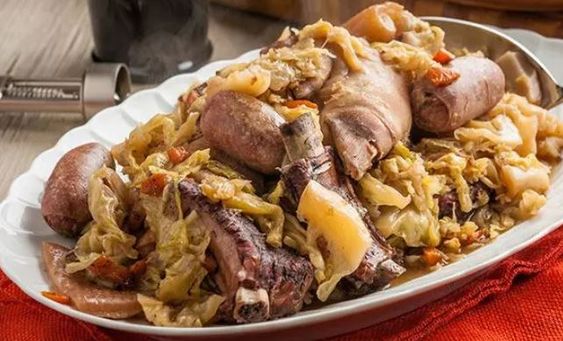
I know you love lasagna! Pasta al Forno is baked pasta, a classic Italian dish that involves cooking pasta, combining it with various ingredients, and baking it until golden and bubbling. The dish varies in its components and preparations, and it often includes layers of pasta, cheese, sauces, and sometimes meat or vegetables.
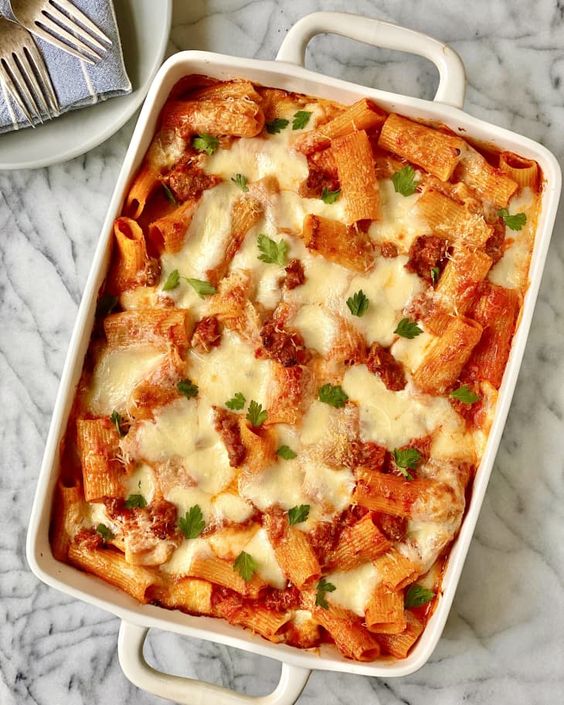
Want to sip some wine? Vin Brulè is Italy’s rendition of mulled wine. Crafted by infusing a fruity red wine with aromatic spices such as anise, cloves, cinnamon, and citrus zest, this warming beverage is a staple at Christmas markets throughout November and December. Nevertheless, we believe its appeal extends throughout the entire winter season!
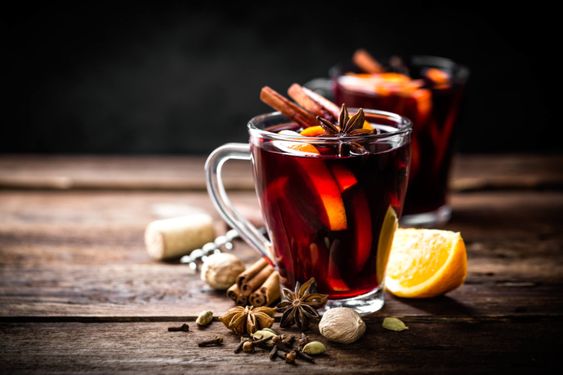
And last for dessert — Panettone, a sweet and fluffy bread loaf originating from Milan is one of the most famous Italian desserts enjoyed during the winter. Traditionally consumed during the Christmas and New Year holidays, Panettone has become an iconic treat recognized and loved globally. Made with a rich, sweet dough containing candied fruits, raisins, and sometimes nuts, the dough undergoes multiple rises, resulting in a light and airy texture. Often adorned with a powdered sugar glaze or almonds, Panettone is sliced and enjoyed with coffee, tea, or sweet wine. Although closely associated with Christmas, it is available in stores from late fall to early winter, with various regional and modern variations, including chocolate chips, different fruit combinations, or savory fillings.









